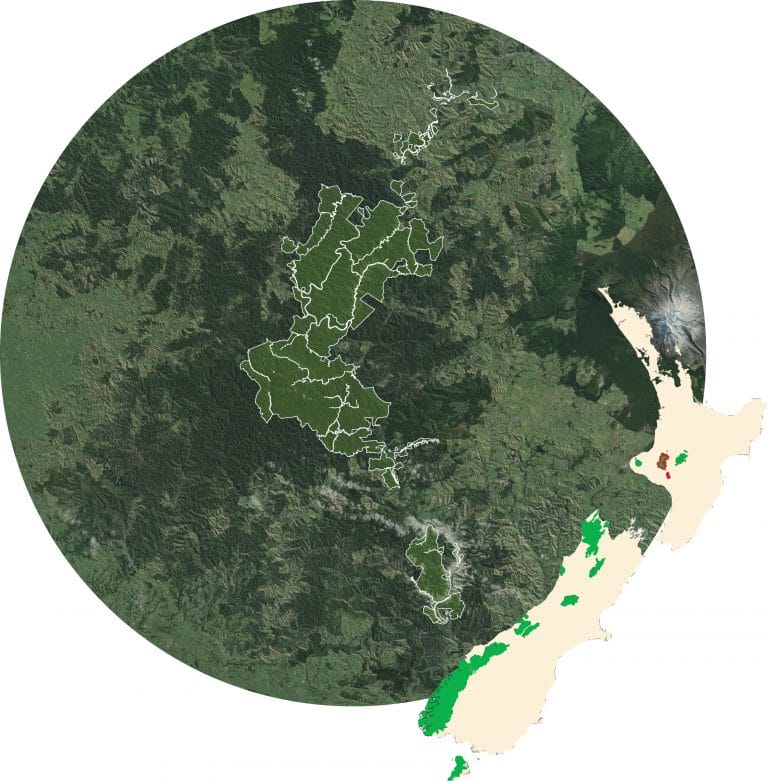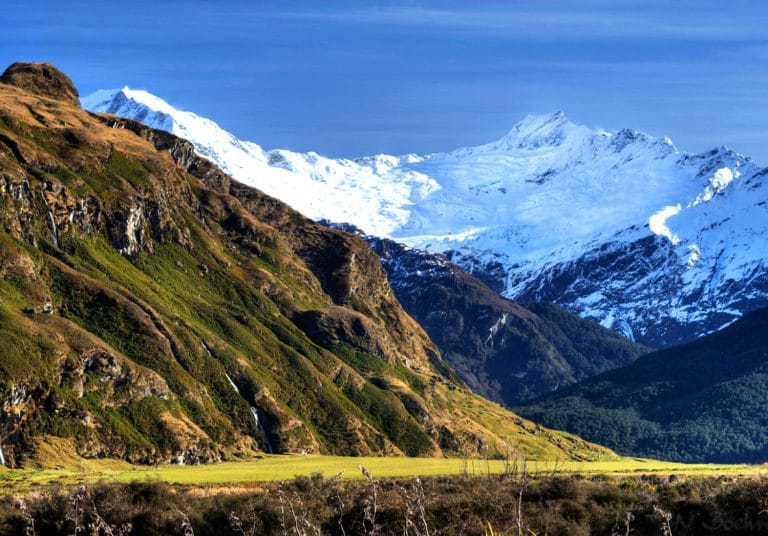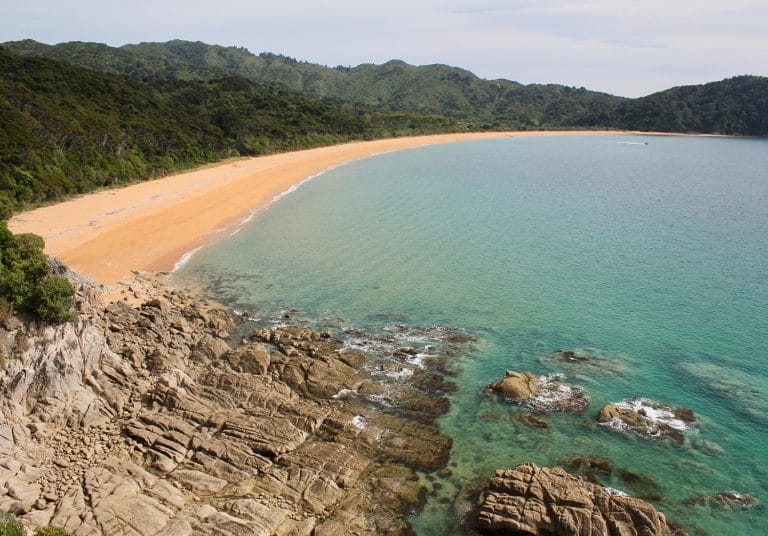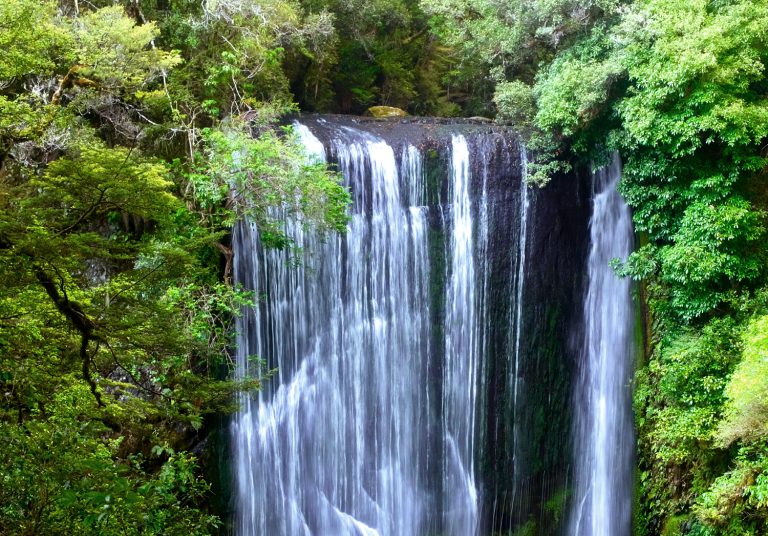The 3555km2 Mount Aspiring National Park is a haven for native alpine plants and animals including the tiny threatened rock wren. The park is part of Te Wahipounamu South West New Zealand World Heritage Area…
Whio/Blue Duck
Whio or Blue Duck is a nationally threatened bird species that is much rarer than kiwi. They nest near river banks and are vulnerable to introduced predators because they are weak flyers. Whio occupy live their lives in very small stretches of river with arange of only one to five kilometers. This means they require intensive protection if the species is going to survive.
Image © Matt Binns




